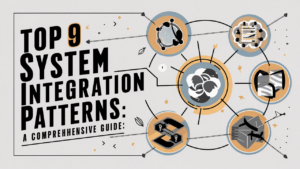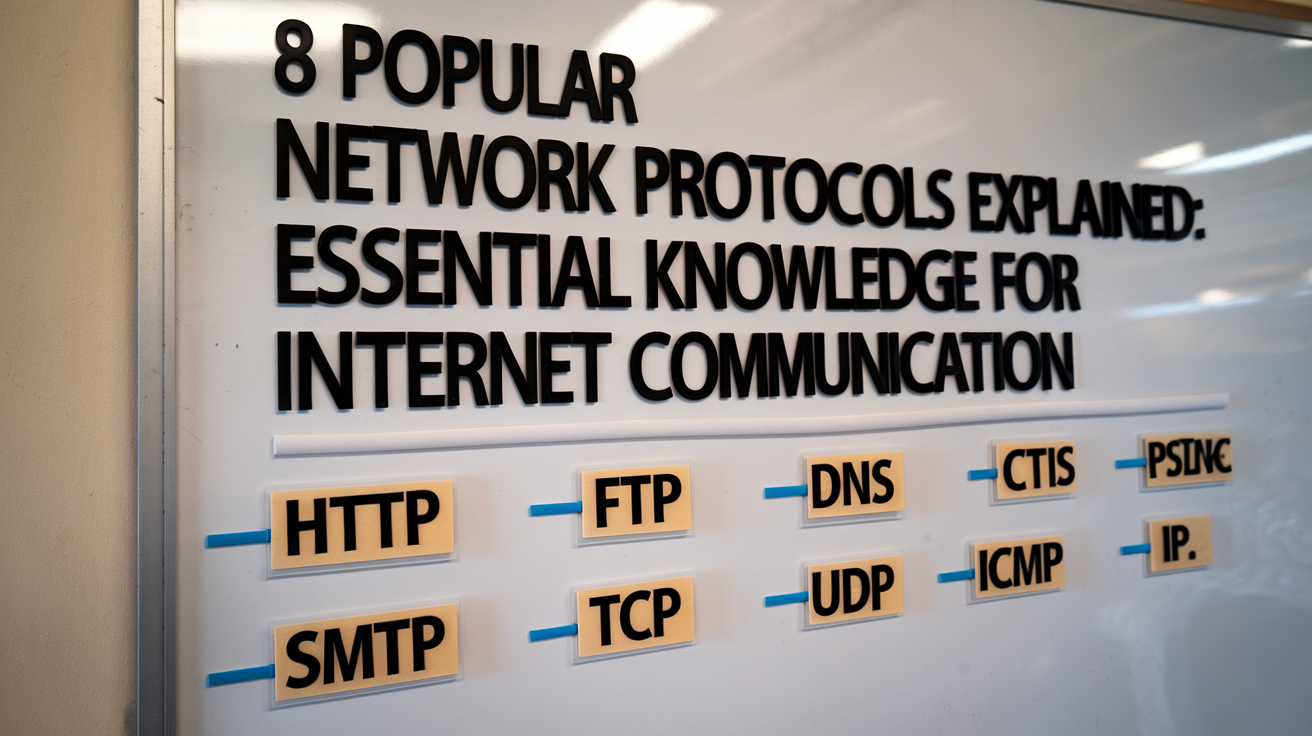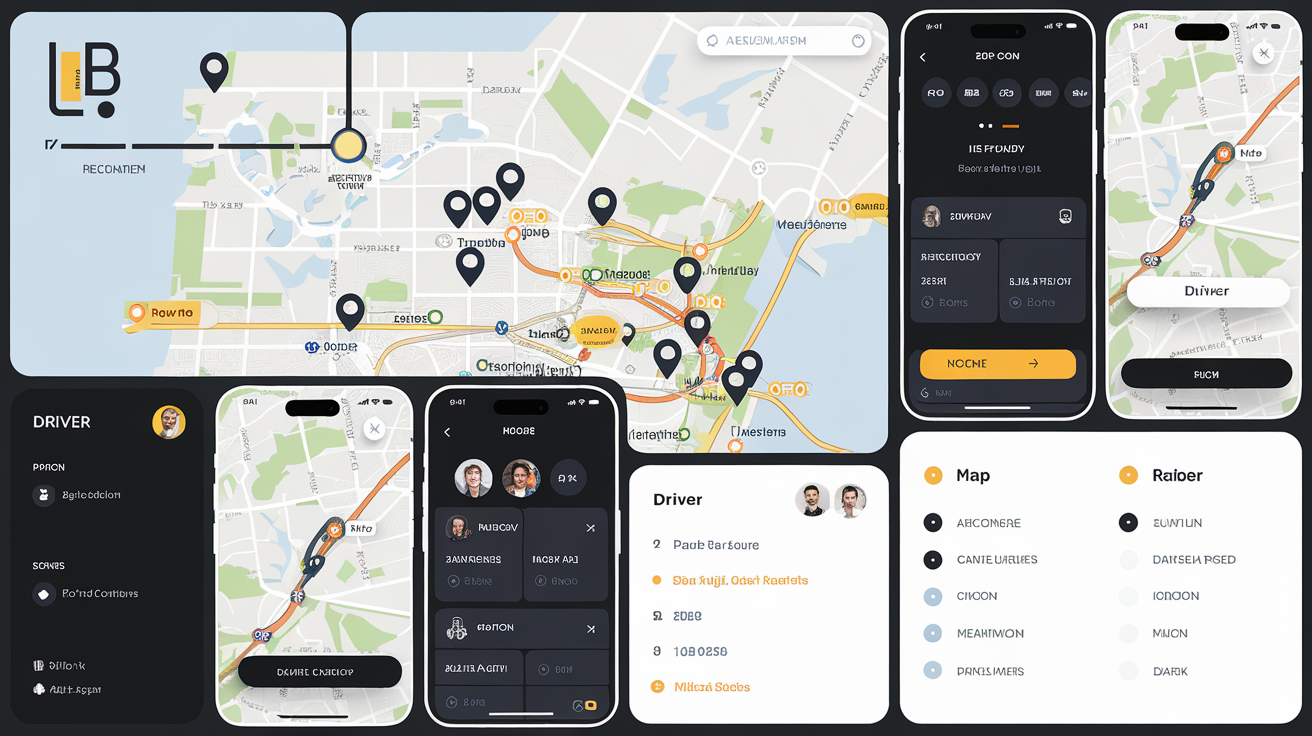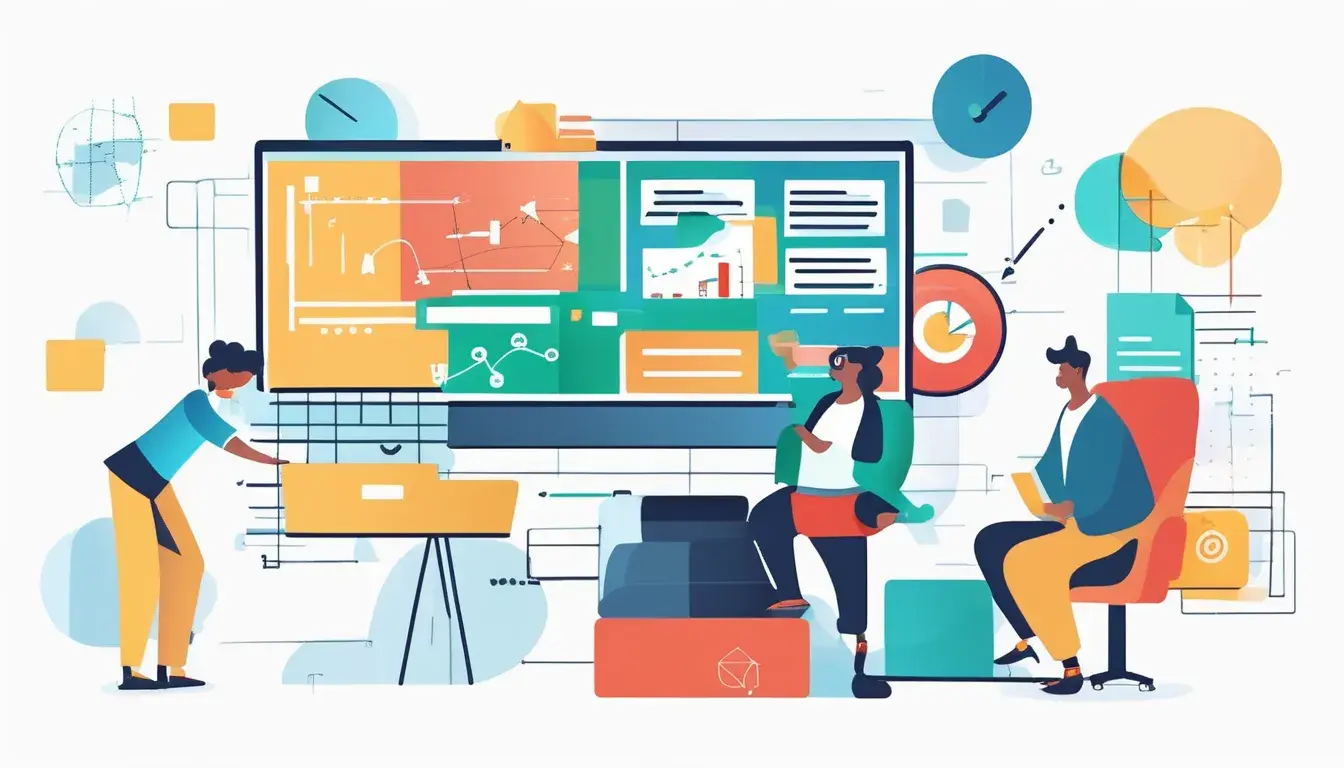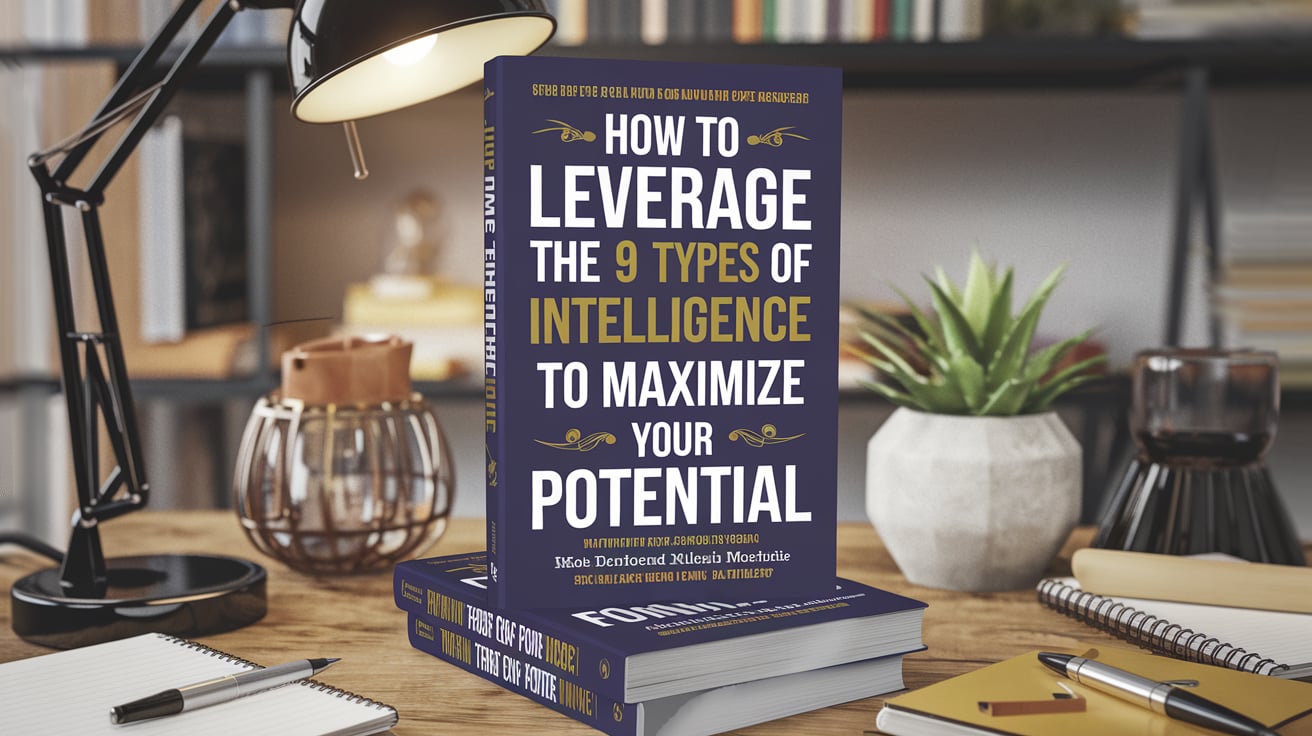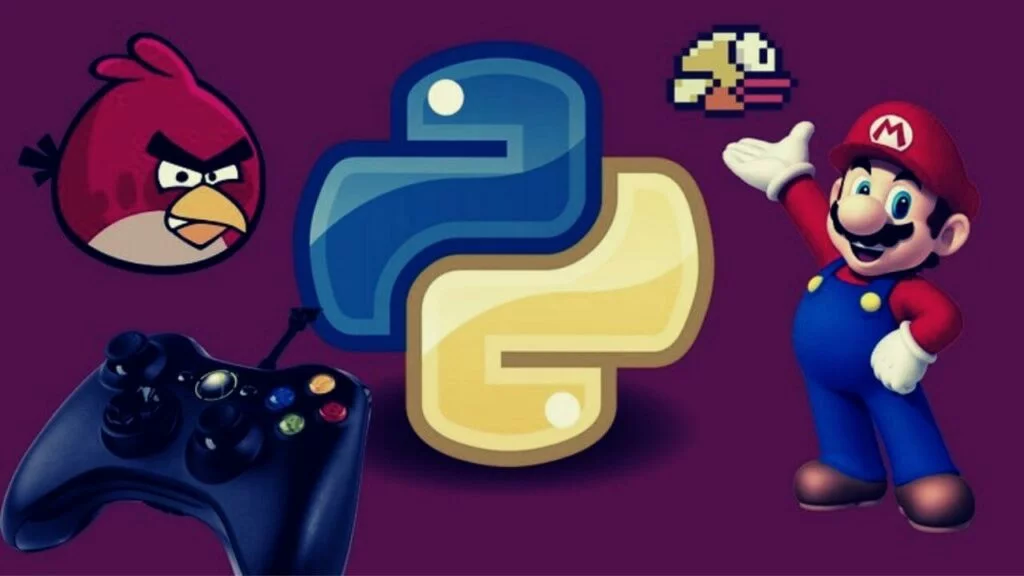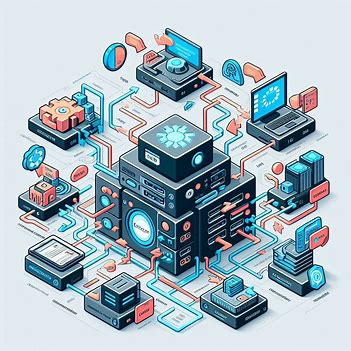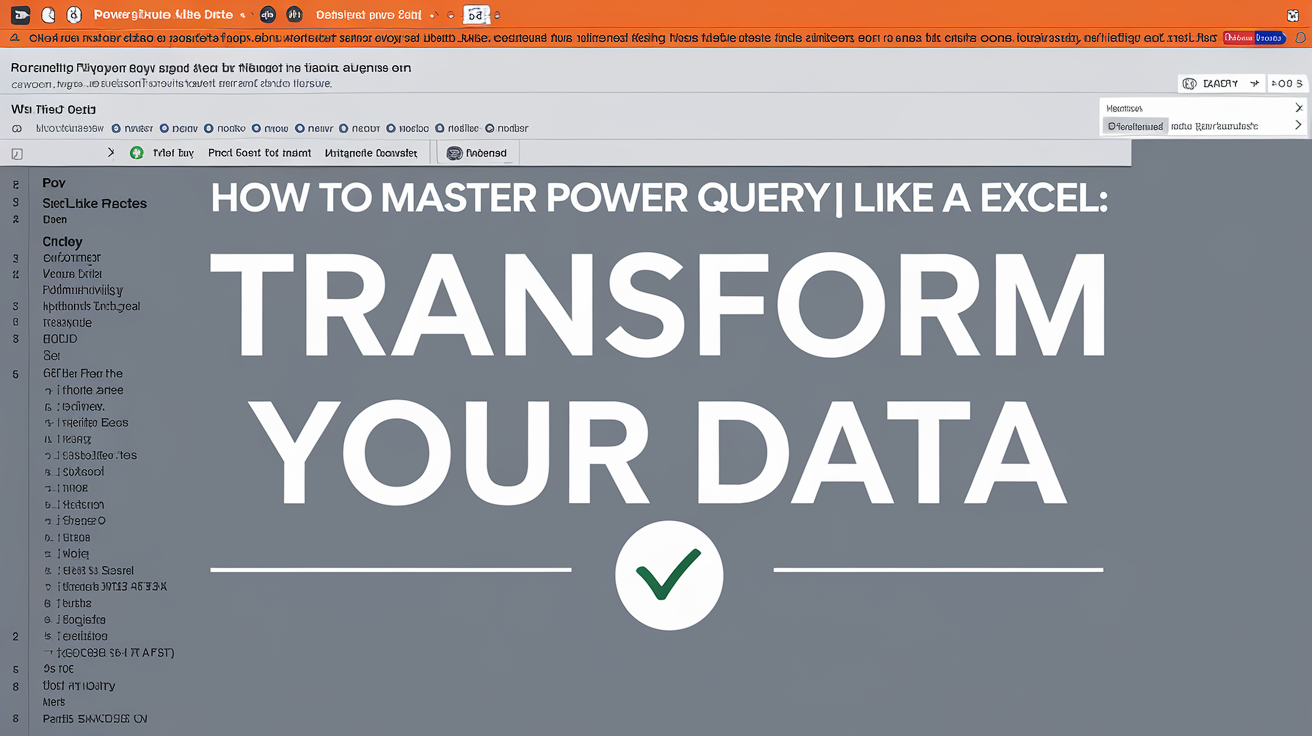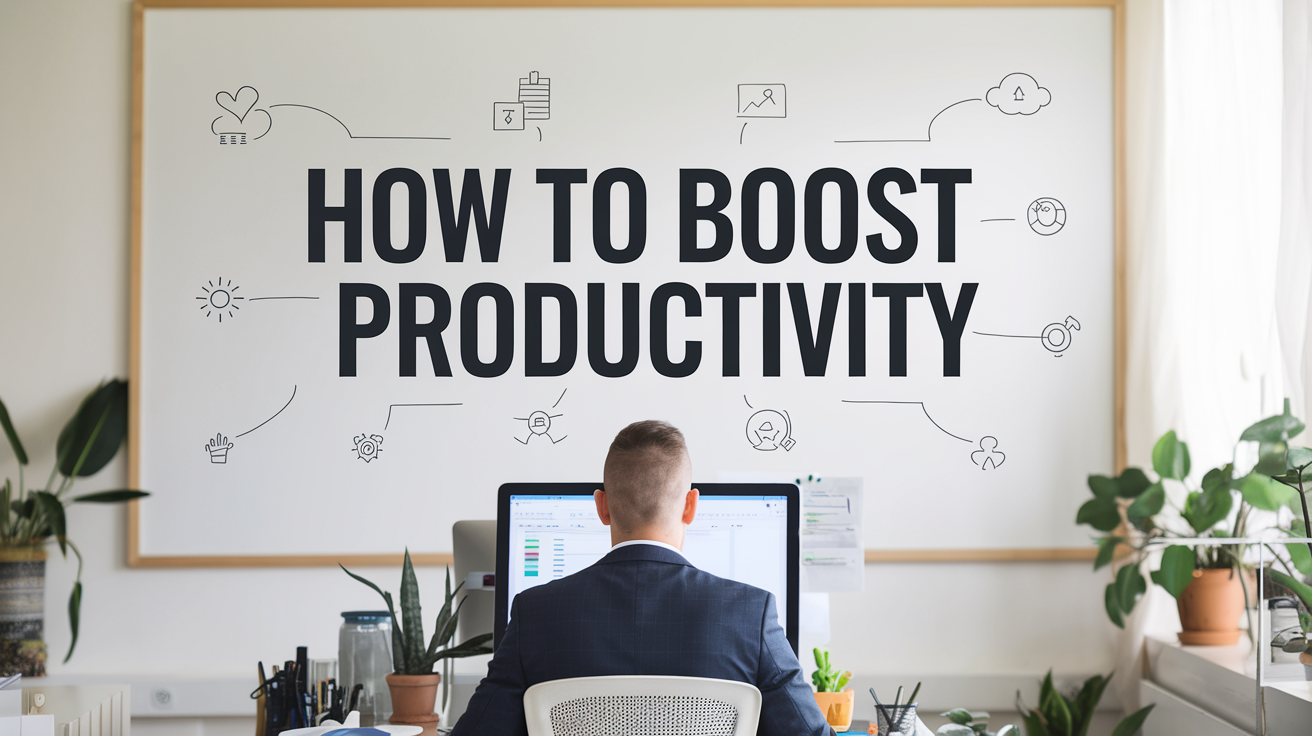In our fast-paced world, the ability to learn quickly and retain information is more valuable than ever. Whether you’re a student aiming to ace exams, a professional seeking to stay competitive, or a lifelong learner, knowing how to master the art of learning can transform the way you approach education and personal development. This guide will explore powerful strategies and techniques that can help you remember and retain knowledge more effectively.
1. The Feynman Technique 🧠
The Feynman Technique is a method named after the Nobel Prize-winning physicist Richard Feynman, known for his ability to explain complex concepts in simple terms. This technique is incredibly effective for deep learning and knowledge retention.
How the Feynman Technique Works:
Step 1: Select a Topic
Choose a topic you want to understand deeply. It could be anything from quantum physics to a new programming language.Step 2: Explain It Simply
Try to explain the topic as if you’re teaching it to a child or someone unfamiliar with the subject. Use simple terms and avoid jargon.Step 3: Identify Knowledge Gaps
As you explain, you’ll likely discover gaps in your understanding. These are areas where you need to go back and review the material.Step 4: Refine Your Explanation
After reviewing, refine your explanation until you can describe the concept clearly and accurately.Step 5: Test Yourself and Simplify Further
Test your understanding by teaching it to someone else or even yourself. Simplify the explanation further if needed.
Why It Works:
The Feynman Technique forces you to process information deeply and identify areas where you lack understanding. By simplifying and explaining the material, you reinforce your learning and ensure that the knowledge sticks.
2. The Leitner System 📚
The Leitner System is a simple yet powerful method for learning and retaining information over time. It’s particularly effective for memorization, such as vocabulary, formulas, or facts.
How the Leitner System Works:
Step 1: Use Flashcards
Write down questions or prompts on one side of a flashcard, with the answer on the other side.Step 2: Organize Flashcards into Boxes
Organize your flashcards into three (or more) boxes based on how well you know the information:Box 1: Hard (review every day)
Box 2: Medium (review every other day)
Box 3: Easy (review once a week)
Step 3: Review Regularly
Start with the cards in Box 1. If you answer correctly, move the card to the next box. If you answer incorrectly, keep it in Box 1. Cards in Box 2 and Box 3 are reviewed less frequently, based on how well you know the material.
Why It Works:
The Leitner System leverages spaced repetition, a technique proven to improve memory retention by spacing out review sessions over time. By focusing more on the material you struggle with, you reinforce weak areas and ensure long-term retention.
3. Active Recall 🔄
Active recall is a learning technique that involves actively stimulating memory during the learning process. Instead of passively reading or listening to information, you actively engage with the material, forcing your brain to retrieve and apply what you’ve learned.
How to Implement Active Recall:
Ask Yourself Questions
After reading a passage or watching a video, close the material and ask yourself questions about what you just learned. This forces you to recall the information actively.Use Practice Tests
Take practice quizzes or mock exams to test your understanding of the material. This not only helps with retention but also prepares you for actual exams or real-world application.Write Summaries
After learning something new, write a summary from memory. Try to recall as much detail as possible without referring to your notes.
Why It Works:
Active recall strengthens the neural connections related to the information you’re trying to learn. The more you practice recalling information, the easier it becomes to retrieve it in the future, making it an incredibly effective learning strategy.
4. Diversify Your Resources 🎨
To truly master a subject, it’s important to engage with the material in various ways. Diversifying your resources means using different types of study materials to reinforce learning.
How to Diversify Your Learning:
Use Multiple Formats
Don’t just stick to one type of resource. Use books, videos, podcasts, and interactive tools. This variety helps engage different parts of your brain and reinforces learning.Incorporate Visuals
Use diagrams, charts, and mind maps to visually represent the information. Visual aids can make complex information more digestible and easier to remember.Apply the Knowledge Practically
Find ways to apply what you’ve learned in real-world situations. This could mean building a project, discussing the topic with peers, or even teaching the material to someone else.
Why It Works:
Different resources present information in unique ways, allowing you to understand the material from multiple perspectives. This comprehensive approach ensures that you develop a well-rounded understanding and can recall information in different contexts.
5. Draw Connections 🧩
One of the most powerful ways to retain information is by drawing connections between new knowledge and what you already know. This technique helps anchor new information to existing mental frameworks.
How to Draw Connections:
Use Analogies and Metaphors
Relate new concepts to familiar ones. For example, you might compare the structure of an atom to a solar system to make the concept easier to understand and remember.Build Concept Maps
Create a visual map that connects different ideas and concepts. Start with a central idea and branch out to related topics, drawing lines to show how they interconnect.Relate New Knowledge to Personal Experiences
Link new information to your personal experiences. For example, if you’re learning about economic principles, think about how they apply to your spending habits.
Why It Works:
Making connections between ideas creates a web of knowledge that is easier to recall. When you understand how concepts relate to each other, it’s easier to remember them and apply them in different contexts.
6. Focus on Your Health 🧘♂️
Your health plays a crucial role in your ability to learn and retain information. Poor health can hinder cognitive function, making it difficult to focus and remember new information.
How to Optimize Health for Learning:
Prioritize Sleep
Ensure you get 7-9 hours of sleep per night. Sleep is vital for memory consolidation, where your brain processes and stores new information.Maintain a Balanced Diet
Eat a diet rich in fruits, vegetables, whole grains, and lean proteins. Certain foods, like fish rich in omega-3 fatty acids, are particularly good for brain health.Exercise Regularly
Physical activity increases blood flow to the brain and has been shown to improve cognitive function. Even a daily walk can make a difference.
Why It Works:
A healthy body supports a healthy mind. By taking care of your physical health, you enhance your brain’s ability to absorb, process, and retain new information.
7. Space Your Learning 📅
Spaced learning is a technique where you break up your study sessions over time instead of cramming all at once. This approach helps you retain information more effectively.
How to Implement Spaced Learning:
Plan Regular Review Sessions
After learning something new, review the material after one day, then again after a few days, and then after a week. Gradually increase the intervals between review sessions.Use Spaced Repetition Tools
Tools like Anki or Quizlet help automate spaced repetition by reminding you to review material at the optimal times for retention.Avoid Cramming
Instead of cramming all your study into one session, spread it out. For example, study for 30 minutes each day rather than 3 hours at once.
Why It Works:
- Spacing out your learning forces your brain to work harder to retrieve information, which strengthens memory retention. It’s a scientifically proven method to make learning more effective.
8. Chunk Information 📦
Chunking is the process of breaking down complex information into smaller, more manageable pieces. This method is especially useful for subjects that involve a lot of data or steps, such as learning a new language or mastering a technical skill.
How to Chunk Information:
- Group Related Concepts Together
Organize information into logical groups. For example, when learning a language, you might chunk vocabulary by category (e.g., foods, animals, transportation). - Create Mnemonics
Use acronyms, rhymes, or songs to help remember chunks of information. For example, the acronym HOMES can help you remember the Great Lakes: Huron, Ontario, Michigan, Erie, Superior. - Limit the Amount of Information per Chunk
Try to limit each chunk to around 3-5 items. This is known as the magic number in psychology, as it’s the most we can easily remember at once.
Why It Works:
- Chunking makes large amounts of information more digestible and easier to recall. By breaking it down, you avoid cognitive overload and improve your ability to retain complex information.
9. Seek Deep Understanding 🔍
To truly master a subject, you need to go beyond memorization and seek a deep understanding of the material. This involves understanding the ‘why’ and ‘how’ behind concepts, not just the ‘what’.
How to Seek Deep Understanding:
Ask ‘Why’ Questions
Don’t just accept facts at face value. Ask yourself why something is true, how it works, and what the implications are. This approach leads to a deeper, more comprehensive understanding.Engage in Discussions
Discuss the material with peers or mentors. Explaining your understanding to others and debating concepts can deepen your understanding and reveal areas you need to explore further.Apply Knowledge in Different Contexts
Use what you’ve learned in various scenarios. For example, if you’re learning about economics, try applying concepts to both national policy and your personal finances.
Why It Works:
- Chunking makes large amounts of information more digestible and easier to recall. By breaking it down, you avoid cognitive overload and improve your ability to retain complex information.
Conclusion: Mastering the Art of Learning 🎓
Mastering the art of learning is a lifelong journey that requires dedication, strategy, and a willingness to adapt. By incorporating these techniques—the Feynman Technique, the Leitner System, active recall, and more—you can transform the way you learn and retain information.
Remember, the key to effective learning is not just working harder but working smarter. Implement these strategies in your study routine, and you’ll find yourself mastering new skills and knowledge with greater ease and efficiency.


